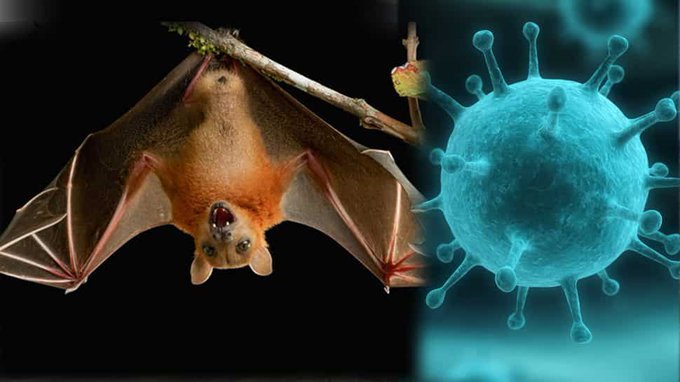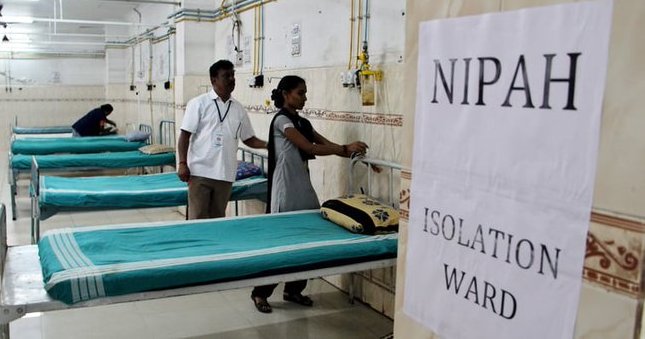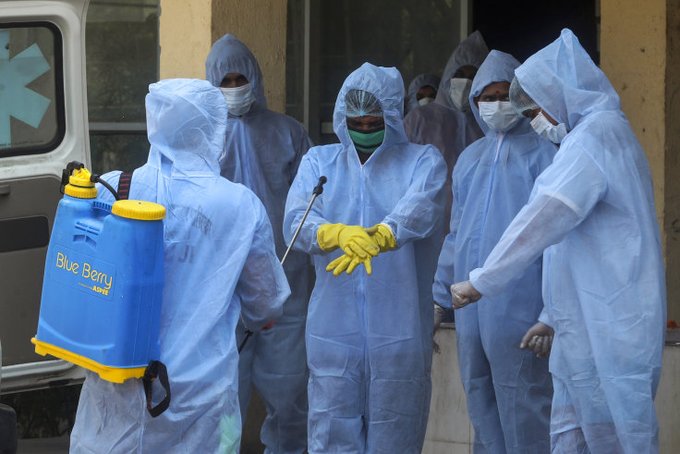
The Nipah virus made a reappearance in the southern Indian state of Kerala in September 2023. This zoonotic disease, which is spread from animals to people, has already caused five outbreaks in India since 2001. Health officials are becoming concerned about the latest cluster of cases that have been concentrated in Kerala’s Kozhikode district.
The Cases Affected:
Six instances with laboratory confirmation surfaced, two of which were fatal. Males between the ages of 9 and 45 made up all afflicted individuals. The initial instance, the cause of which is still unclear, manifested as acute respiratory distress syndrome (ARDS) and pneumonia. He sadly passed away from the sickness. The first patient’s family and the hospital employees who had provided his treatment were in close touch with the other five instances.

Measures to Contain:
Kerala’s health officials took prompt action. 1,288 contacts were tracked down, including high-risk people and medical personnel. To stop the spread, public transportation, businesses, and schools were temporarily shut down. Strict testing procedures and quarantine guidelines were put in place.
The Function of Monitoring:
Contact tracking and increased surveillance were essential. Containing the epidemic was made easier by identifying and isolating possible carriers. An important role was performed by laboratory testing of high-risk contacts and suspected cases.
How Important Awareness:
Campaigns for public awareness taught people about the risk factors and protective strategies for the Nipah virus. The only approach to stop transmission and safeguard communities is to increase awareness.

Obstacles and Readiness:
The Nipah virus is still a serious threat. Its severe symptoms—fatal encephalitis and acute respiratory infection—highlight the importance of being cautious. Hospitals need to be equipped to handle serious neurological and respiratory issues.
Future Lessons:
The outbreak in Kerala is a warning that infectious illnesses might reappear without warning.
An essential part of epidemic response is community participation, risk communication, and multisectoral cooperation.
In summary:
The world watches as Kerala battles Nipah. Global readiness will be informed by the lessons acquired here. Our strongest defenses against new viruses still lie in science, surveillance, and public collaboration.
Healthcare professionals fight the Nipah virus in the hallways of Kerala’s hospitals and labs; it’s a quiet foe that demands our undivided attention.
Nipah Virus Suspected In Kerala#NipahVirus #virus #illness #disease #Kerala #India pic.twitter.com/VHvloVnlLg
— HornbillTV (@hornbilltv) July 20, 2024










